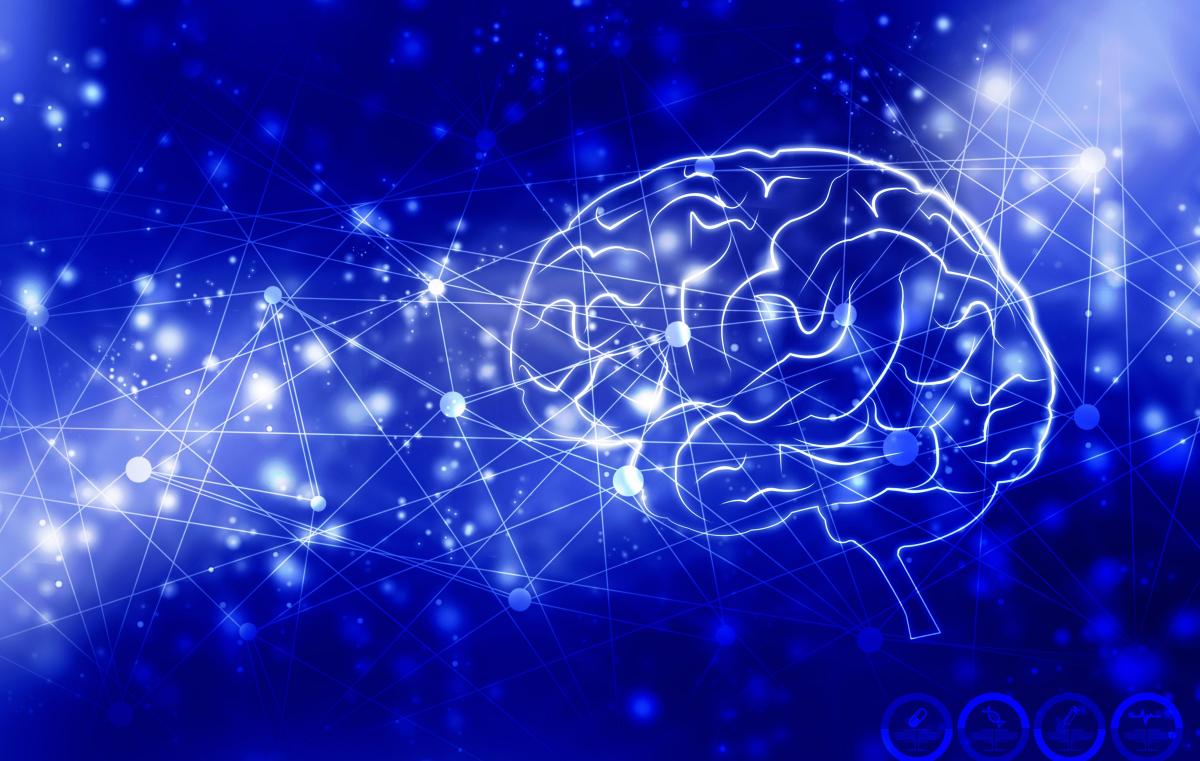Molecular 'Google Map' of the Brain
New technology offers significant step forward in Alzheimer's and cancer research

Over the last decade the field of genomics, which enables the extraction and in-depth study of RNA molecules from any tissue, has transformed biology and medicine. Molecules derived from a tissue of a healthy individual, for example, can be compared to molecules of a diseased individual, potentially revealing the cause of disease.
Until now this powerful approach has been limited to studying molecules outside the tissue. But for the proper function of tissues, it is important to identify the location of RNA molecules inside them. In a paper to be published on January 29, 2021 in the journal Science, researchers from Bar-Ilan University, Harvard University and the Massachusetts Institute of Technology (MIT) reveal that they have succeeded in developing a technology that allows them, for the first time, to pinpoint millions of RNA molecules mapped inside tissues with nanoscale resolution.
The new technology, which the researchers call 'expansion technology', represents a significant step forward in efforts to treat complex diseases and in Alzheimer's and cancer research. It was created by merging two methods developed approximately six years ago – one by a team at Harvard to map RNA molecules inside simple cells, and the other by a team at MIT to physically ‘blow-up’ cells and tissues.
"We now have a 'Google map' that allows measuring millions of RNA molecules within the tissue with nanoscale precision, without having to extract them as we did previously," says Dr. Shahar Alon, of Bar-Ilan University's Faculty of Engineering, Multidisciplinary Brain Research Center and Institute of Nanotechnology and Advanced Materials, the first author of the study. "Using expansion technology, researchers and medical doctors will be able to perform genomics analysis in 3D to obtain not only the identity of molecules, but also their location inside the tissue, and thus treat complex diseases better and more effectively," notes Alon.
The new technology is also of particular importance for research into Alzheimer's disease and cancer. In Alon's lab researchers are using it to detect RNA molecules inside synapses, the nanoscale regions of neurons in brain tissue. The location of molecules in the tissue affects processes such as learning and memory, and can shed light on which molecules take part in these processes. This can advance understanding of whether molecules, or their location, are damaged as a result of diseases such as Alzheimer's. The new technology can also be used to detect where cancer cells are located in the tissue in relation to immune system cells, and what their molecular contents are. They have already discovered that cancer cells can change their behavior according to the identity of their neighboring cells. That is, tumor cells can behave differently in terms of the molecules that they express if they are close to immune cells, and vice versa.
With this and several other new technologies, Alon asserts that the dawn of an age in which it will be possible to create complete molecular maps of tissues from individuals is on the horizon. When that happens experts in the fields of image analysis, data analysis, and genetics will be needed to decipher these huge maps, and this radically new approach will be helpful in learning more about many complex diseases.